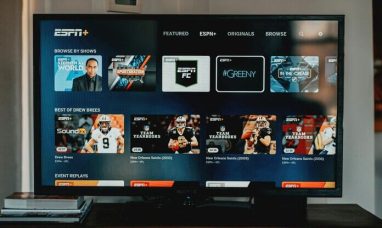As a result of the stagnant traditional PC market, Intel (NASDAQ:$INTC) is slowly but surely making its entrance to the artificial intelligence and automotive market. The company plans to proportionally reduce spending, instead focusing on a “restructuring” of its assets and priorities.
Intel’s Slow Down
During this “reconstructing” process, Intel plans to offload all of its non-core assets and products to prioritize high-margin core products. The products that have been discontinued in 2017 include Arduino 101 maker board, Curie module, Galileo, Joule, Edison, and Atom processors used in smartphones and tablets. Additionally, Intel also stopped its annual Intel Developer Forum, which is dedicated to the showcase of innovation within the PC realm. As a response, competitors such as Advanced Micro Devices (NASDAQ:$AMD) and Samsung have gained momentum in bridging the newly available technology gap.
The Rise of Samsung
This year, Samsung (NASDAQ:$SMH) was finally crownwed the largest semiconductor company in the world. It saw a revenue of $15.8 billion, trumping Intel’s revenue of $14.8 billion. Similarly, Samsung beat Intel’s operating income of $4.2 billion with a large difference of $3 billion.
Interestingly, much of Samsung’s growth can be attributed to the memory market, where a shortage in supply is fueling price. Compared to Intel’s memory revenue of $874 million, Samsung boasts a skyrocketed $12.3 billion.
Whether the pattern for rising memory prices continue is unknown. Memory prices depend heavily on market forces, and Samsung’s large memory business contributes as a catalyst in the short supply. Most likely, as manufacturing capacity increases over time, prices will see a decrease.
Intel, on the other hand, experiences a more stable revenue stream due to its diversified sectors. Samsung’s reliance on its memory sector could mean its future if a memory downturn were to ever hit.
Intel’s Current Position
Brian Kraznich, Intel CEO has done an ample job in protecting Intel by the political environment. On the grounds of selfish interest over the benefit for the country, Kraznich left President Donald Trump’s American Manufacturing Council.
The next step for Intel is to figure out the assimilation of its technology model to the recent business transition.
Featured Image: twitter









